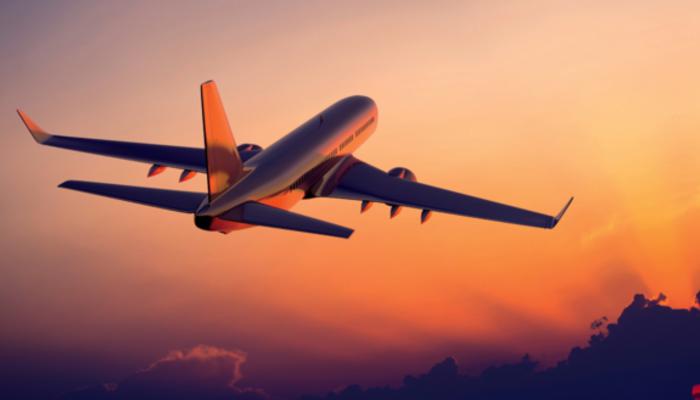
Flying is one of the safest modes of transportation
More than three million people around the world fly safely on commercial aircraft every day. And, Boeing airplanes have an excellent safety record. Boeing built about 70 percent of the aircraft currently in service worldwide. A Boeing airplane takes off or lands somewhere in the world every two seconds — every day, all day.
Statistics alone are not the entire story. While Boeing is proud and pleased that its planes safely carry people around the globe, continually improving safety is paramount. Boeing remains steadfast in its commitment to making planes as safe as possible.
In 2000, the world’s commercial jet airlines carried approximately 1.09 billion people on 18 million flights, while suffering only 20 fatal accidents.
Comparing the risk
In the United States, it’s 22 times safer flying in a commercial jet than traveling by car, according to a 1993-95 study by the U.S. National Safety Council. The study compares accident fatalities per million passenger-miles traveled. The number of U.S. highway deaths in a typical six-month period — about 21,000 top essay services — roughly equals all commercial jet fatalities worldwide since the dawn of jet aviation four decades ago. In fact, fewer people have died in commercial airplane accidents in America over the past 60 years than are killed in U.S. auto accidents in a typical three-month period.
U.S. traffic accident fatalities in 2000 — 41,800
Commercial airplane fatalities in 2000 — 878
Making flying safer
Working together, industry makes flying safer.
Manufacturers, pilots’ groups, civil aviation associations, government regulatory authorities (such as the U.S. Federal Aviation Administration or European Joint Aviation Authorities), and operators all cooperate in the creation of initiatives and programs that focus on safety issues and accident prevention. The ultimate goal is enhancement of commercial aviation safety throughout the world.
Thirty years ago, fatal accidents on commercial jetliners occurred approximately once in every 140 million miles flown. Today, it’s 1.4 billion miles flown for every fatal accident — a ten-fold safety improvement.
Industry and government officials expect air travel and air traffic to continue to increase in the coming years. In fact, they estimate that air traffic will double in the next 20 years. That means industry needs to further improve the accident rate or the number of accidents worldwide will increase with the growth in traffic.
Boeing is working every day to promote and further improve flight safety. New systems and technologies are being developed. While Boeing can say with confidence, “flying is safe,” the Company is hard at work, making it even safer.
Who is responsible for safety?
Safety is the responsibility of:
A. Government regulators
B. Manufacturers
C. Airlines
D. All of the above.
If you picked “D,” you are correct. The entire aviation community has a role to play in keeping planes – and air travel – safe:
From manufacturers who build safe and reliable planes, to ground crews who perform daily tasks.
From pilots who fly conscientiously, to flight attendants who instruct passengers.
From airline operators who are obligated to keep their planes in top condition, to government regulators who set safety standards.
All are responsible for keeping commercial air travel safe.
